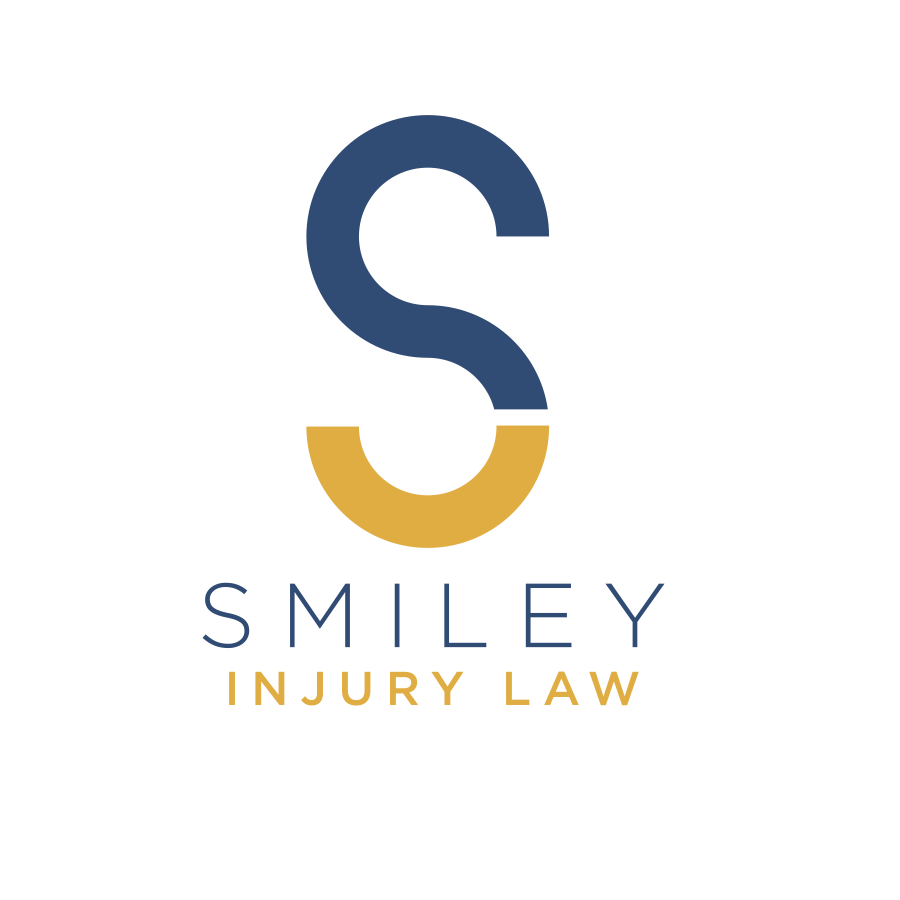Traumatic Brain Injury (TBI) – Facts, Symptoms, and Treatments
A traumatic brain injury (TBI) is what you probably assume it is – damage to the brain resulting from trauma that occurs from a severe bump, blow, jolt, or an object piercing the head. When trauma causes the head to move back and forth or side to side rapidly, the brain bounces or twists in the skull.
This disrupts normal brain function; damages cells, blood vessels, and nerves. A serious blow to the head can also cause changes to a person’s brain chemistry.

In some cases, there are obvious visible signs of traumatic brain injury, such as cuts, bruising, or bleeding. In other cases, there are no visible signs that a brain injury has occurred. Depending on which area of the brain is affected and the severity of the injury, TBI symptoms range from mild and temporary to debilitating and lasting a lifetime. The most extreme cases can cause death. A stroke, an infection in the brain, or a brain tumor are not considered TBIs.
You will always want to go see a doctor first so that you can get a proper diagnosis. Then after seeking medical help, you will want to contact a personal injury attorney to advise you of your rights and possible compensation for your injuries.
What about Concussions?
You’re probably somewhat familiar with concussions – they’re often associated with a sports injury or relatively minor fall. A concussion is actually a type of traumatic brain injury. Many people mistakenly believe concussions aren’t serious because they’re usually not life-threatening.
That’s incorrect! According to a study published in the November 2018 issue of Pediatrics, nearly one-third of kids who experienced a concussion continued to have symptoms such as headache, fatigue, and irritability up to a year after the injury.
Traumatic Brain Injury is Common in All Ages
According to the U.S. Centers for Disease Control and Prevention (CDC), traumatic brain injury is a major contributor to death and disability in the United States. Every day, more than 150 people in the United States die from injuries associated with a TBI.
One study tracked TBI-related emergency room visits, hospitalizations, and deaths in the United States in 2007 and again in 2013. Notable conclusions reached after the study include:
- In 2013, TBI-related incidents led to approximately 2.8 million people being treated in emergency departments or hospitals or dying. TBI contributed to nearly 50,000 deaths that year.
- Between 2007 and 2013, TBI-related visits to emergency rooms increased by 47%.
According to a different study analyzing TBI-related emergency room visits from 2001-to 2012, in 2012 nearly 329,300 children aged 19 or younger were treated in U.S. emergency rooms for injuries that included a concussion or TBI diagnosis.
That number was more than double the number of kids that had been treated for TBI in 2001. Traumatic brain injuries affect people of all ages – and they are becoming more common.
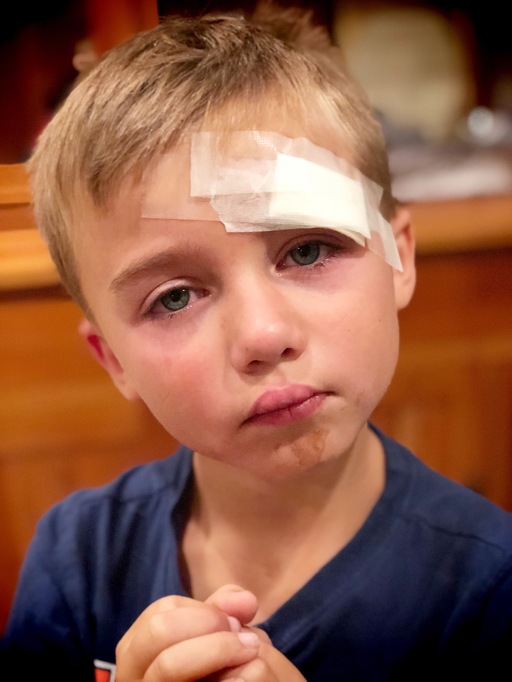
What Causes Traumatic Brain Injury?
One reason why traumatic brain injuries are so common is that they can be caused by an array of things, including:
- Motor vehicle accidents. (Collisions involving cars, motorcycles, bikes, and scooters are a common cause of traumatic brain injury in all age groups.)
- Skateboarding accidents
- Bicycling accidents
- Skiing accidents
- Serious falls, including falling out of bed, off of a ladder, downstairs, or in the bathtub. (Falls are the most common cause of TBI in young children and senior citizens.)
- Gunshot wounds
- Domestic violence
- Shaken baby syndrome
- Assault
- Contact with a high-speed projectile such as a golf ball or baseball
- Contact sports including football, hockey, rugby, boxing, and soccer. (This is a very common cause of TBI in youth.)
- Explosive blasts and other combat injuries among active-duty military personnel. (According to a TBI guide created by the Veteran’s Affairs San Diego Healthcare System, TBI is considered the “signature wound” of military personnel who experienced combat in Afghanistan and Iraq.)
Symptoms of A Mild Traumatic Brain Injury
Contrary to popular belief, a person can experience a TBI and not lose consciousness. In fact, when someone experiences one of the less-violent causes of TBI, it’s important to monitor them carefully.
Many of the symptoms of a mild TBI are not obvious and may be mistaken for minor illnesses or routine changes in mood. According to the National Institutes for Health (NIH), symptoms of a mild TBI may include:
- Headache
- Confusion
- Lightheadedness
- Dizziness
- Blurred vision
- Ringing in the ears
- Tiredness or sleepiness
- A bad taste in the mouth
- A change in sleep habits
- Behavior or mood changes
- Trouble with memory, concentration, attention, or thinking
- Loss of consciousness lasting a few seconds to minutes
- Sensitivity to light or sound
- Nausea or vomiting
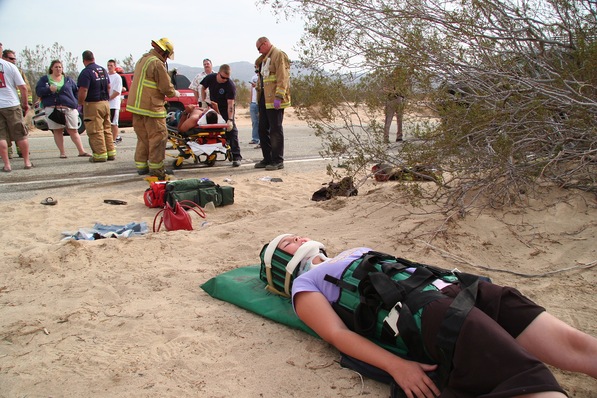
Treatment Options for Cases of Mild Traumatic Brain Injury
According to the aforementioned Veteran’s Affairs guide, research on TBI treatment has not come up with a single treatment that is effective for all patients. One thing that most medical professionals agree on, though, is that any suspected TBI requires immediate medical attention.
Doctors assessing suspected cases of TBI use a 15-point test called the Glasgow Coma Scale to assess the seriousness of the brain injury.
This scale assesses eye-opening, verbal, and motor responses. For example, doctors must determine if a patient’s eyes open and blink, or if they only open their eyes to respond to verbal stimuli.
They’ll also assess whether a patient is oriented and responsive, or uses inappropriate words or incomprehensible speech. Patients are given a numerical score ranging from three to 15. The higher the score, the less serious the TBI.
While individuals who suffer mild TBIs usually require no treatment other than rest and over-the-counter pain relievers, they should be monitored carefully for the following new or worsening symptoms. Anyone with a mild brain injury who develops the following symptoms should go to an emergency room right away:
- Repeated vomiting
- Worsening or severe headache
- Inability to stay awake during periods they would normally be awake
- More confusion and restlessness
- Seizures
- Trouble walking or balancing
- Vision changes
- Any unusual symptom that is concerning
Until a doctor gives the green light, patients with mild brain injuries should abstain from physically and mentally demanding activities and avoid drinking alcohol.
Usually, mild TBIs resolve gradually. Most people recover fully within a few weeks without any formal treatment. Consequently, few patients receive follow-up care after their initial emergency room or hospital visits.
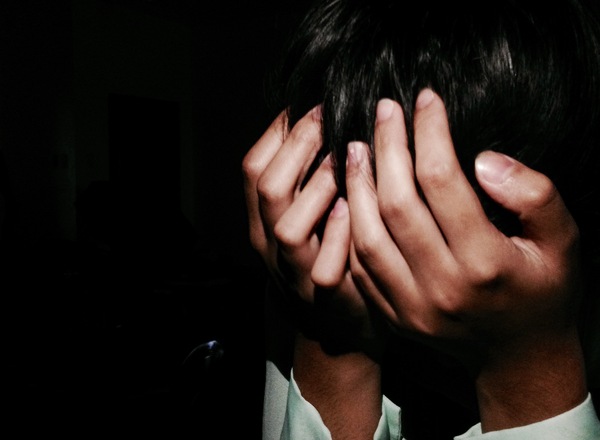
Symptoms of A Moderate or Severe Traumatic Brain Injury
According to the National Institutes of Health, a person who has suffered a more serious TBI may experience any of the symptoms of a mild TBI but also have some of these symptoms, too:
- Headache that gets worse or won’t go away
- Repeated vomiting or nausea
- Slurred speech
- Convulsions or seizures
- An inability to wake up from sleep
- Enlargement of the pupil of one or both eyes
- Numbness or tingling of arms or legs
- Loss of coordination
- Increased confusion, restlessness, or agitation
- Loss of consciousness lasting a few minutes to hours
Serious Traumatic Brain Injuries Vary in Severity
Anyone showing signs of a moderate or severe brain injury should receive medical attention as soon as possible. Medical providers will make sure the injured person is receiving sufficient oxygen and blood flow to the brain and the rest of the body to prevent further damage.
Once a patient is stabilized, doctors will use imaging tests including computed tomography (CT) head scan to identify the extent of brain damage.
Treatment will depend on how severe the injury is, exactly what area of the brain is injured, and the age and overall health of the patient.
Treatment programs will be tailored to address the disabilities the TBI has caused. According to the Oregon Health & Science University (OHSU) Brain Institute, severe TBI’s may cause the following complications:
- Inability or reduced ability to taste, smell, see, hear, or feel
- Impaired thinking, reasoning, and memory
- Anxiety
- Depression
- Personality changes
- Aggressiveness
- Acting out
- Being socially inappropriate
- Difficulties expressing oneself or understanding others
- Being partially or completely unresponsive (only responding to strong stimuli)
- Being in a coma (totally unconscious)
- Being in a vegetative state (unconscious and unaware of surroundings, but continuing to have a sleep-wake cycle and periods of alertness)
- Being in a persistent vegetative state (a vegetative state lasting longer than a month)
Treatment Options for Cases of Severe Traumatic Brain Injury
The OHSU Brain Institute, which specializes in diagnosing and treating brain and nervous system disorders including TBI, is participating in a nationally sponsored, multi-institution study to evaluate a promising treatment that can prevent brain damage after a TBI.
Administering the hormone progesterone to injured people within four houses of a traumatic head injury shows promise in stopping damage to brain cells. Having a progesterone treatment, when available, could be a very important treatment immediately after an incident.
An individual presenting at a hospital or emergency room with a severe TBI will be triaged and then moved to an intensive care unit to physically recover. Unfortunately, little can be done to reverse the brain damage that has occurred. The goal of treating severe brain injuries is to help people regain the functions they’ve lost as a result of the injury.
According to OHSU, about half of TBI patients will need surgery to repair damage to the brain. After surgery, treatment consists of one or more of the following:
- Physical therapy
- Occupational therapy
- Speech and language therapy
- Medical intervention
- Psychiatric treatment
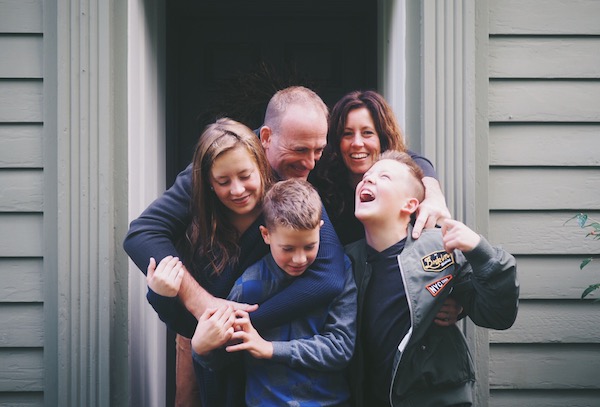
Severe Traumatic Brain Injuries Take a Huge Toll on Everyone
The costs to society for care and lost productivity due to brain trauma are enormous (an estimated $76.5 billion annually.) A TBI’s toll on the person suffering from it is obviously huge. And, the effect a TBI has on the patient’s friends and loved ones are immeasurable.
Not only do caregivers grieve for the person who has been forever changed by brain injury, they worry about the future. They become physically and mentally exhausted helping their loved ones recover and picking up the slack. And, they often become financially overwhelmed.
Research into the economic burden that traumatic brain injury patients pose to their families is very limited. One 2010 study looked at the extent of healthcare costs 489 children incurred after a mild TBI. Over 36% of the total healthcare costs for the patient occurred in the first 6 months after the injury.
Nearly 53% of those costs were incurred in the first year. Many patients suffered psychological distress as a result of their TBIs, which necessitated follow-up care. The study’s authors concluded that a mild TBI resulting in psychological distress resulted in higher healthcare costs for 3 years following an accident. The 3-year incremental cost associated with psychological distress in young patients with mild TBIs patients was estimated to be $3,529.
Costs to care for someone with a severe, debilitating, lifelong brain injury is staggering. By one estimate, the lifetime cost to treat one patient for a severe traumatic brain injury ranges from $85,000 to more than $3 million. In the most severe cases, patients must receive around-the-clock skilled medical care, either in a nursing or rehabilitation center or in their own home under the care of a hired caregiver.
Traumatic brain injury is a pervasive health concern across the United States.
Fortunately, research continues into early medical interventions to alleviate the lasting effects of a brain injury. But for those unfortunate individuals and their families who suffer a serious TBI, the diagnosis is life-altering and potentially financially ruinous.






